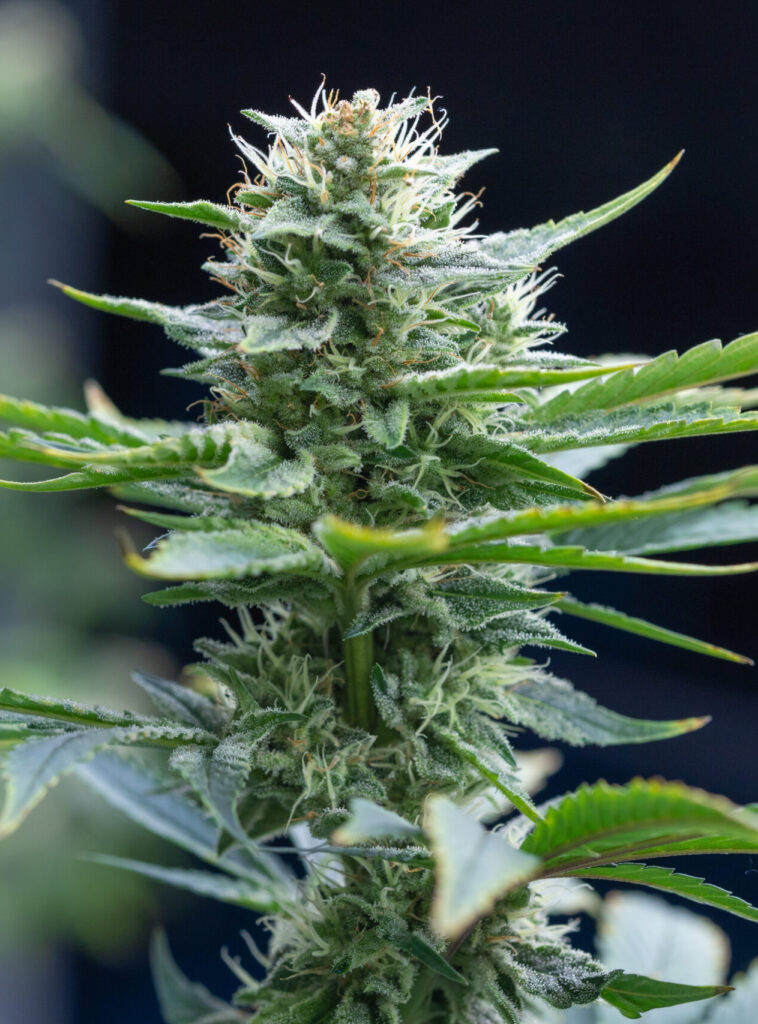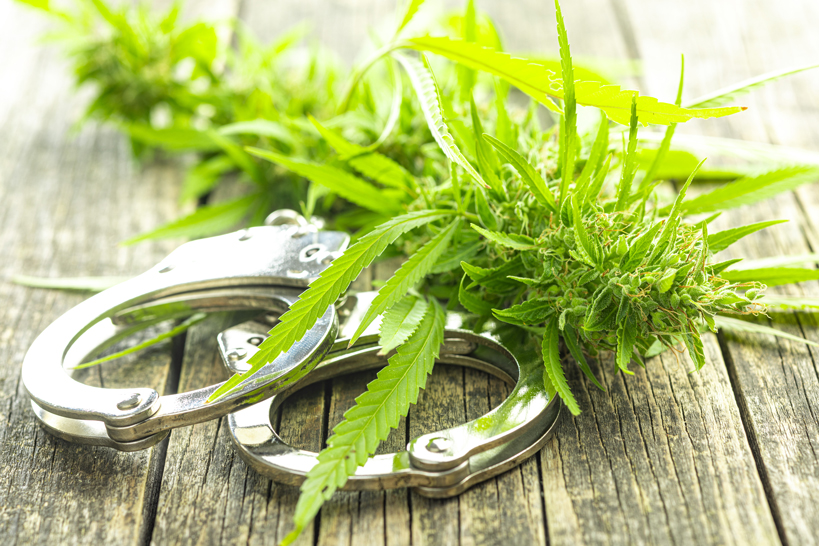How to Grow Cannabis Basics: Beginners Tutorial
A Beginner's Introduction!
You can grow cannabis everywhere!
Start here, If you're interested in learning how to grow your own cannabis. Grow for medical purposes, recreational use or even some extra income, it doesn't matter. You will learn indoor and outdoor growing from seed to smoke and storing your big buds. You can set up a small or large grow tent in the corner of your room or planting outdoors in your backyard, this guide will help you start your grow with confidence.
Why Should You Start Growing Cannabis?
Cost Savings: Reduces your spending on cannabis at high dispensary prices, and you save money.
Health Issues: It may support specific health issues, such as easing symptoms of Parkinson's disease or seeking better sleep for insomnia sufferers (consult your doctor; this is not medical advice).
Personal Safety: You don't need to buy from unreliable sources and avoid interactions with drug dealers.
Consistent Supply: Always have your favorite strains available, ensuring you never run out.
High Quality: Control the entire cultivation process to guarantee the purity of your cannabis.
Variety of Strains: You can favor soothing indica or energizing sativa strains that perfectly match your flavor preferences and therapeutic requirements.
When Will Your Buds Be Ready to Smoke?
You must be patient for about four months from seed to smoke. Most cannabis strains will be ready for harvest three months after planting, though this can vary depending on the strain and how large your plants grow. After you've harvested, give your buds a week to dry out. For the best smoking experience, it's worth curing them for two to four weeks. This curing process reduces the risk of headaches or anxiety, improves your bud's taste, increases quality, and smooths your smoke. All in all, from seed to high-quality smoke, it takes four months.
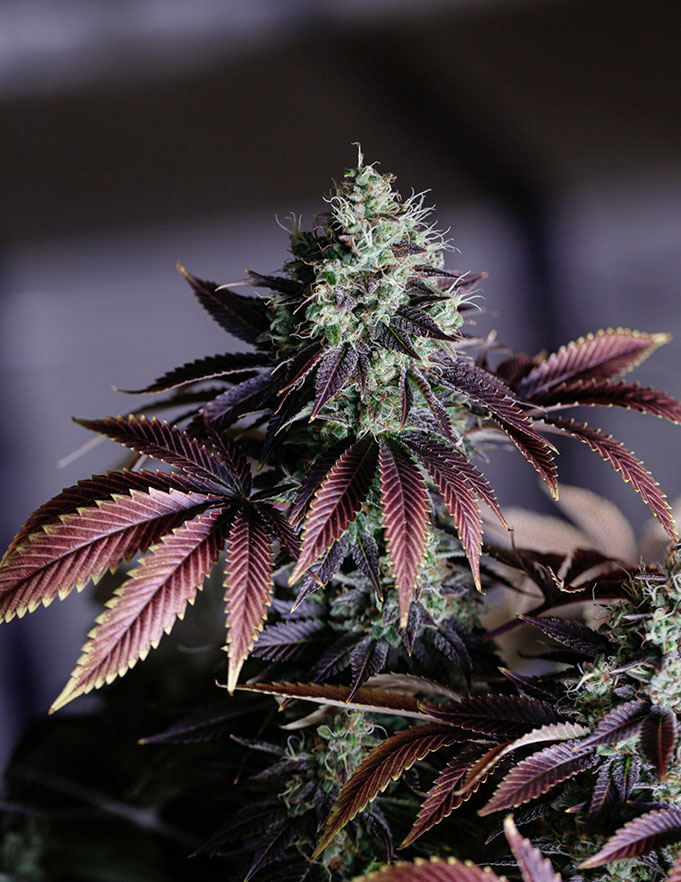
Growing Cannabis Basics:
Growing weed plants indoors or outdoors, basics are same. Growing cannabis is simple and you will be rewarded big yields if you follow six essential foundational basics:
- Light or Sun: Plants need to receive enough light so they will grow at their maximum rate and reach their potential. Whether you're using grow lights or natural sunlight, right amount of light is important for yields. Always remember "more light, greater yield."
- Air: Airflow helps prevent mold and keeps your plants strong. Strong plants can carry heavy buds.
- Grow Medium: Soil is easy but you can also use hydroponics, coco coir or other mediums. Choose what works best for your setup and experience. If you are a first grower, prefer soil.
- Optimal Environmental Conditions: Keep your plants at room temperature or warmer during the day. Avoid freezing temperatures that harm plants.
- Nutrients: Plants need essential elements like nitrogen, phosphorus, and potassium to quality buds. Start with half recommended nutrient dosage to avoid nutrient burn and gradually increase as your plants grow.
- Water: Regular watering is crucial. Be careful not to overwater, as too much can drown the plants, and too little can starve them. Check water's pH which is essential for healthy plants and right pH for soil is 6 to 7, and for hydroponics is 5.5 to 6.5.

Cannabis Life Cycle: Stages of Growth
Cannabis is an annual plant that completes its life cycle in one full season. Although the process is generally simplified into three main stages—germination, vegetative growth, and flowering— the plant actually goes through six distinct phases.
The phases are as follows:
Germination -> Seedling -> Vegetative -> Pre-Flowering -> Flowering
Germination: The First Step in the Cannabis Life Cycle
Firstly, you'll need seeds. Place them in a moist environment, like between damp paper towels or directly in soil, and keep them warm. The seed absorbs water, swells, and eventually cracks open, then a tiny root(called a taproot) emerges and starts to grow downward into the soil.
Seedling Phase: The First Leaves
After 3-8 days of germination, cannabis plants enter the seedling phase, which lasts about 2-3 weeks. Your young plant will develop more leaves and expand its root system, then transition into the vegetative growth phase, ready to grow larger and stronger. Providing the right care during seedling stage sets the foundation for a healthy, robust cannabis plant.
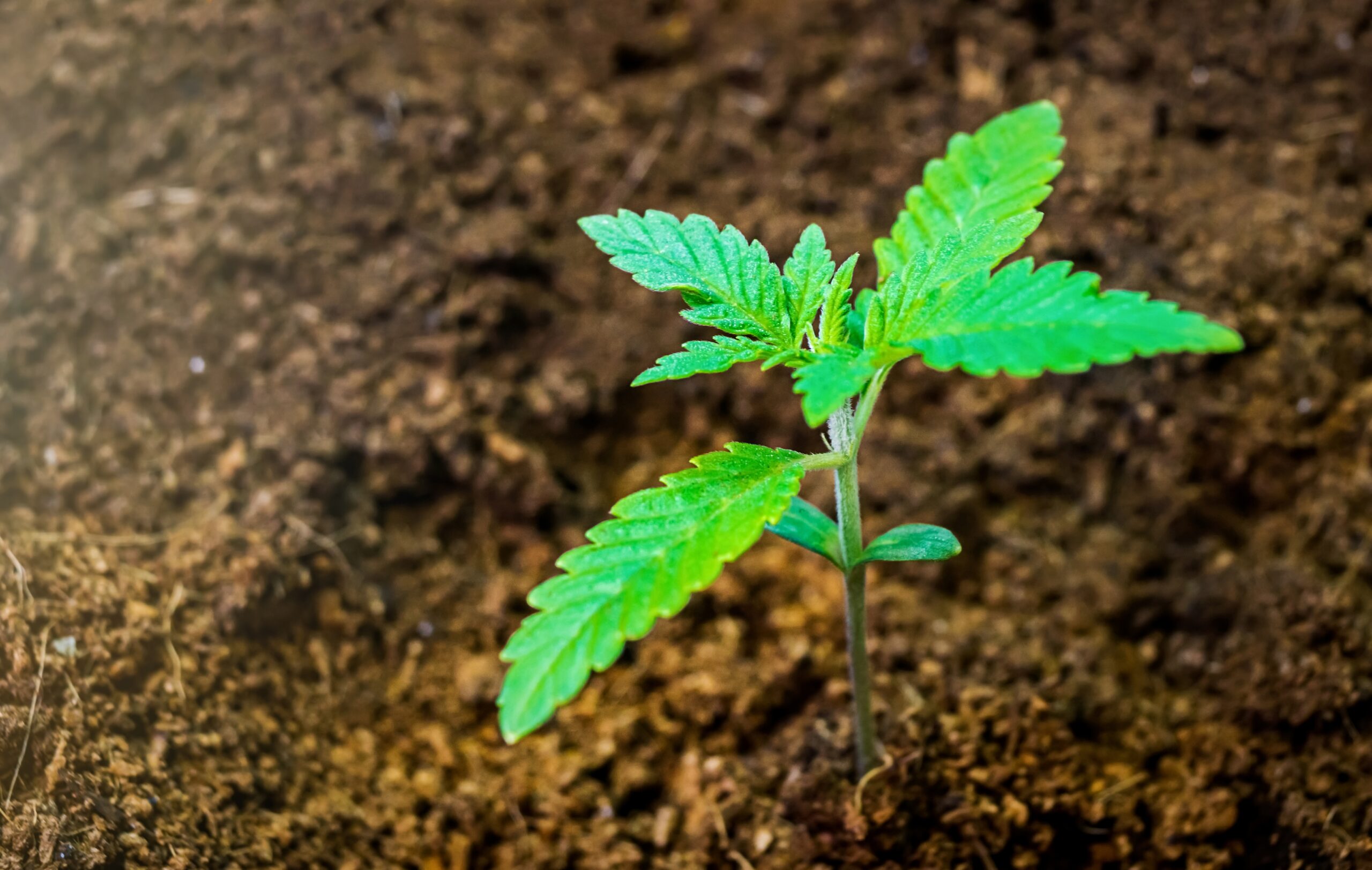
Vegetative Phase: Growing Strong and Tall
Depending on the strain and growing conditions, this stage lasts 3 to 16 weeks. During vegetative phase, your plant will begin to develop quickly, grow thick branches and stems, produce leaves and strong roots. If provided with sufficient light, nutrients, CO2, water, and optimal environmental conditions, your plant can grow from ½ to 2 inches per day!
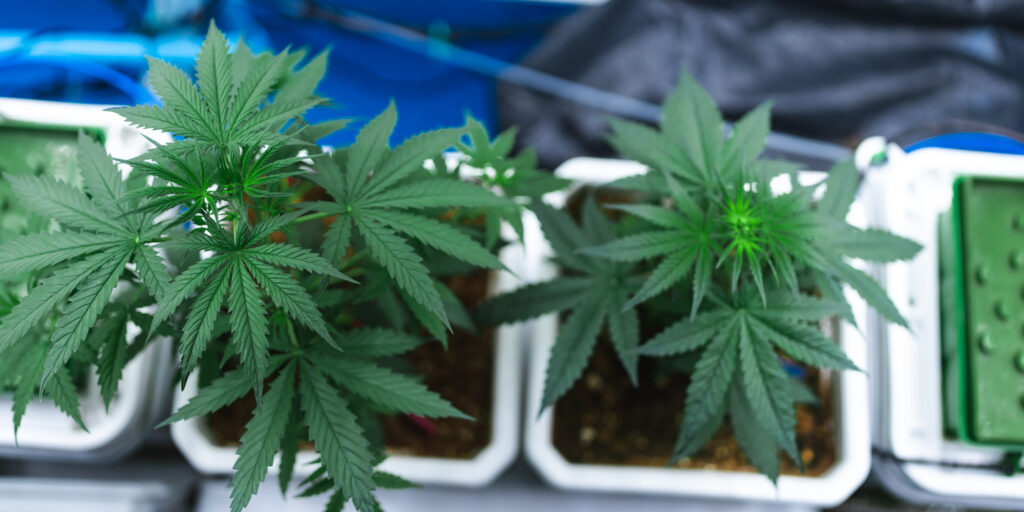
In the vegetative phase, your plant will grow rapidly, adding height and width. This is the time to provide plenty of light, ideally 18-24 hours a day if you're growing indoors. More light means more energy for growth. Outdoors, this phase corresponds to the long days of summer.
Maintaining a light schedule of more than 12-14 hours per day will keep the plant in its vegetative stage indefinitely. This allows growers full control over how tall the plants will grow before transitioning them to the flowering phase. Generally, vegetative phase lasts 4 to 8 weeks but this can be extended as needed to grower's goals.
Note: These grow tips can be cloned or propagated asexually. Techniques like topping, which involves cutting the top growth tip, can encourage the plant to produce multiple tops, leading to a bushier growth pattern. Alternatively, training methods can be used to fill the growing space effectively.
Proper care during the vegetative phase, including providing the right environment and nutrition, sets the foundation for a strong, vigorous plant that will produce a rich, heavy harvest.
Pre-Flowering: The Transition Phase

This phase bridges vegetative growth and full flowering, marking the beginning of the plant's reproductive period. During pre-flowering, you'll notice several important changes in your plants. This is when you can determine the gender of your plants. Look closely at the nodes where the leaves meet the stem. Female plants will develop small, white, hair-like pistils, while male plants will form small pollen sacs. Identifying and removing male plants is important if you want to prevent pollination and focus on producing seedless, potent buds (sensimilla).
In this phase, many growers select strong and healthy female plants as 'mother plants'. These mother plants are kept under continuous light (18-24 hours a day) to remain in the vegetative growth stage. Growers then cut branch tips from these mothers and root them to create clones. Selecting a strong and healthy 'Bonsai Mother' plant is important because it supplies genetically uniform female clones, ensuring consistent and high-quality crops.
When to Flowering: Transitioning to the Final Stage
When your plant reaches the pre-flowering stage, you should decide to start flowering or continue vegetative growth. Here are key factors to consider:
- Growing Environment: Ensure optimal light, temperature, humidity, and nutrients.
- Number of Nodes: More nodes mean more potential bud sites.
- Genetic Potential: Each strain has a maximum bud production threshold.
Bud quality is not dependent on plant size or length of vegetative growth. For instance, buds from a newly rooted clone and a larger plant from the same mother will be equally high in quality. The main consideration is how big you want your plant to be when it flowers. Smaller plants produce smaller buds but bigger plants can increase your total yield.
You can start flowering when your plants are at least 6 inches tall and have four sets of leaves, typically after 2-4 weeks of vegetative growth. Clones from mature plants can be flowered immediately.
The flowering stage is triggered by changing the light schedule. For indoor growers, this means switching from a light cycle of 18-24 hours to 12 hours of light and 12 hours of darkness. This shift mimics the natural progression of the seasons, signaling to the plant that it is time to begin its reproductive phase. Outdoor growers rely on the natural shortening of daylight hours as summer transitions to fall.
Note: You must ensure that the dark period is uninterrupted. This means that environment must be pitch dark without any light. Light exposure in dark period can confuse the plant and potentially stress it, leading to hermaphroditism.
Nutrition needs also shift slightly during pre-flowering. Nitrogen is still essential, start increasing the phosphorus and potassium levels to support bud development. Using a high-quality bloom fertilizer can help provide the necessary nutrients.

Flowering Phase: The Final Stage
In the flowering phase, your plants start producing buds. When flowering begins, you'll notice that your plant's height growth slows because plant focuses on
developing buds, which will become denser and more resinous. For indoor growers, this phase begins when the light cycle shifts to 12 hours of light and 12 hours of darkness.
Flowering progresses, pistils (hairs) on the buds will change color, indicating readiness for harvest. Initially, white pistils turn orange, red, or brown as they mature. The flowering phase typically lasts 6-10 weeks; each strain has specific flowering time and characteristics. Indica strains usually flower faster than Sativas.
During peak of flowering, plant will resemble a pine tree with dense foliage and buds. Make sure your plants have enough space, sativa strains can double in size during flowering.
For the best quality buds and to maximize yield, consider the following:
- Maintain a consistent light schedule with 12 hours of uninterrupted darkness.
- Avoid pruning during this phase to prevent stressing the plant.
- Nutrient needs change during flowering. While nitrogen is still necessary, increase the phosphorus and potassium levels to support bud growth. Bloom-specific fertilizer can help provide the right balance of nutrients.
- Support branches as the buds get heavier to avoid breakage.
- When buds become heavier, they may need additional support to prevent branches from breaking. Using stakes or trellises can help support the weight of the buds.
- Keep humidity levels low to prevent mold and mildew. Don't spray plants to keep buds dry. Proper ventilation and good airflow are really important to keep your plants healthy.
Remember: Proper care and conditions for your plants mean you will get big, high-quality buds and bountiful harvests.
When to Harvest
Knowing when to harvest your cannabis is important for getting the best quality and flavor from your buds. Timing of your harvest makes a difference in effects and benefits of your cannabis. Harvest time depends on strain, but most plants are ready to harvest about 6-10 weeks into flowering phase. Seed banks provide an estimated flowering period that helps you know when to check your plants for harvest readiness.
Two key indicators of the right harvest time are pistil color and trichome appearance. Near the end of flowering phase, white pistils will darken and curl inward. This is a sign that buds are maturing.
The first key indicator is that as plant matures, these pistils will start white and change to orange, red, or brown. When about 70-90% of pistils have darkened, it's a good indicator that your plant is ready to harvest.
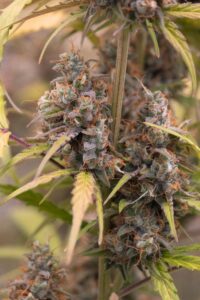
Another important sign is appearance of trichomes, resin glands covering buds. Examine trichomes using a magnifying glass, jeweler's loupe or if you have a microscope. They start clear, then turn milky white, and finally amber. For a more uplifting effect, harvest when most trichomes are milky white. If you prefer a more relaxing effect, wait until some trichomes turn amber. This stage ensures the highest THC levels and effects.
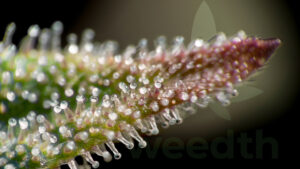
Your plant's overall health and appearance can also guide your decision. Leaves may start to yellow as plant diverts energy to buds. This is normal and indicates that plant is nearing the end of its life cycle.
NOTE: Before harvesting, flush your plants with plain water for one to two weeks. This helps remove any residual nutrients and improves taste of buds.
If you've determined your plants are ready, you must harvest them carefully. Use sharp, clean scissors to cut branches off plant and trim away fan leaves. Handle buds gently to avoid damaging trichomes.
After harvesting, buds need to dry and cure process immediately to preserve quality of your harvest. Drying should be done in a dark, cool space with good airflow for about 7-10 days. After this, curing process involves placing buds in airtight containers and opening them daily for a few minutes to release moisture. This process can take a couple of weeks to a month, but it's worth it!
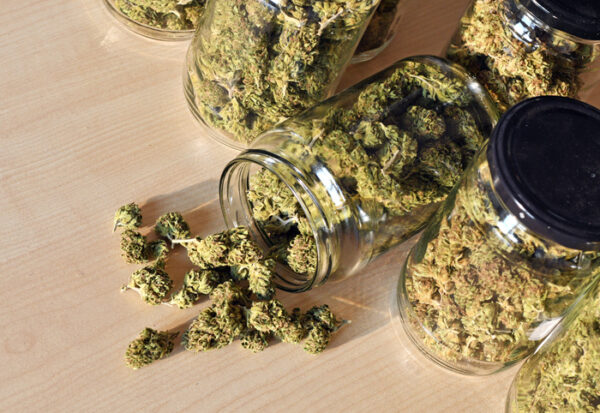
Late Harvest
Harvesting cannabis too late can negatively impact THC level of your buds. If you extend flowering phase beyond ideal harvest time, there is a risk of THC degradation and THC converts into CBN, which has more sedative effects. When THC levels drop, flavor of your buds may suffer and then leading to a less enjoyable smoking experience.
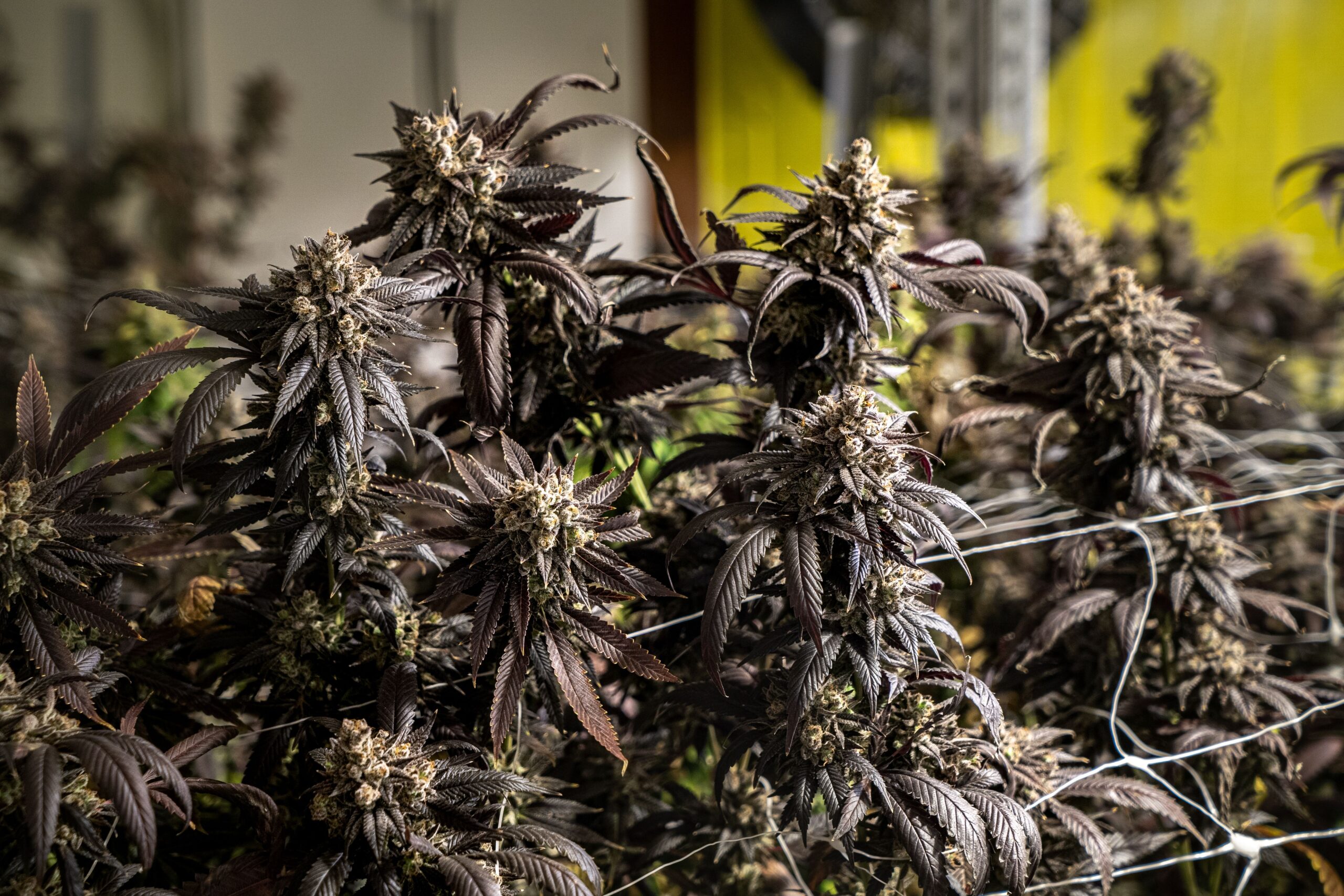
Indoors vs. Outdoors: Which Growing Method is Best for You?
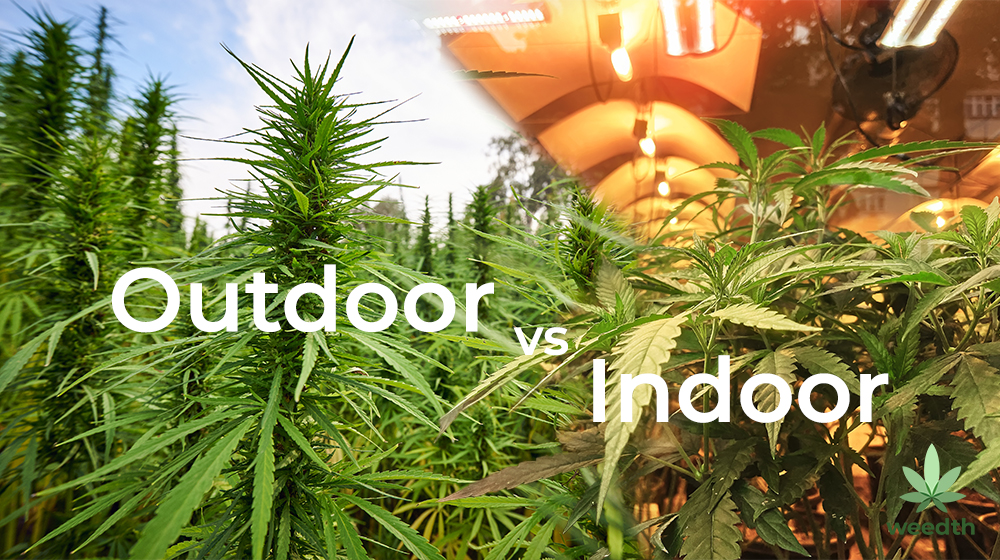
Deciding to grow indoors or outdoors involves considering your plant needs and personal goals. If you need a small amount for personal use, a small outdoor garden is an easy and cheap way to grow your plants. Outdoor growing is as easy as maintaining a vegetable garden, using natural sunlight and local environment to nurture your cannabis. However, if you're growing for medical purposes, you must plan your production for your patients.
If outdoor conditions aren't ideal for cannabis plants or you are planning to the highest quality smoke, indoor growing is the best option. Indoor growing allows you to control the climate, light, and humidity, leading to more consistent and higher quality yields. Plus, you can grow every season and have better privacy and security. You can make your own room or space that suits your budget and preferences. If you don't want to gather everything separately and prefer the easy way, you can get a modern grow kit that is easy to set up and provides everything you need like a tent, lights, and ventilation.
These key factors will help you make your decision:
Climate Conditions
Your geographic area determines your climate and seasonal conditions, which will directly impact how your cannabis strains grow outdoors. Outdoor growing relies on natural sunlight, rainfall, and temperature variations. As a result, you should choose strains that are ideal for your region's specific climate. For example, areas with long warm summers can support a wider variety of strains, while regions with shorter growing seasons or harsher weather may limit your options.
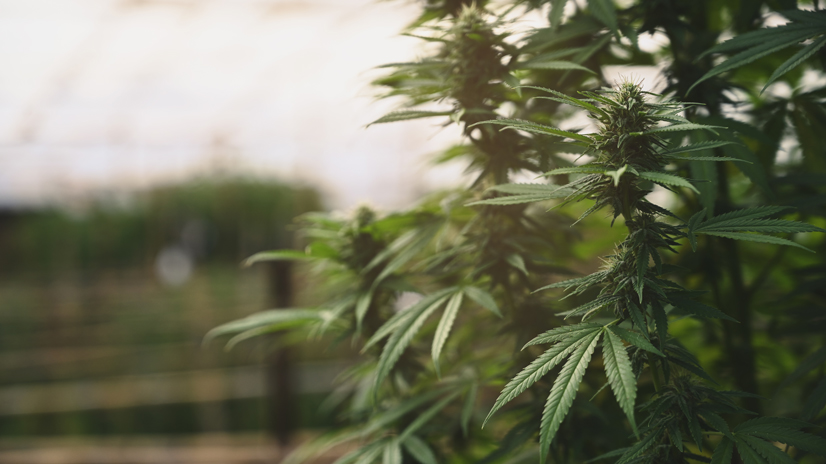
If you are planning on indoor growing, you can overcome limitations by controlling the climate conditions yourself. This means you can create the ideal environment for any strain, no matter your geographic location. You can adjust light cycles, temperature, humidity, and CO2 levels to meet the specific needs of your plants. This control offers amazing flexibility in strain selection.
Legal Factors
It's important to know the laws about growing cannabis in your area. Different states have different regulations, and some places have very strict rules. You need to know how many plants you can grow, where you can grow them, and how to keep them safe. If you don’t follow these rules, even growing a small amount for personal use could get you into serious trouble.
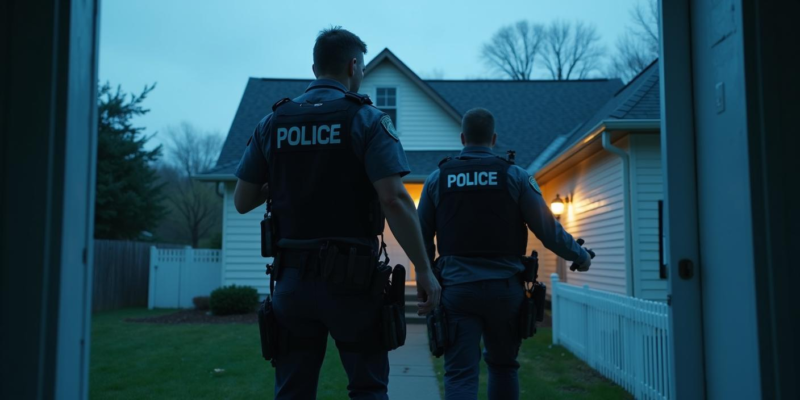
If you live in a state or country where medical cannabis is legal, there are specific guidelines for patients and caregivers. These guidelines allow them to grow a certain number of plants for personal or medical use. Make sure you follow all regulations and laws to ensure security.
Note: Check your state's laws for current information on cannabis cultivation. Law enforcement takes it seriously.
Reminder: If cannabis cultivation is illegal where you live,growing it for personal use can result in fines and imprisonment.
Budget Considerations
Budget is another important factor. Budget is another important factor. Growing plants indoors can be quite costly. You'll need to spend money on supplies like building materials and equipment, as well as ongoing electricity bills. Create the best environment for your plants, you'll invest in special lights, fans to circulate air, devices to control humidity, and reflective surfaces to maximize light. These monthly energy costs can add up fast, especially when using powerful lights and equipment to keep everything just right.
There are ways to reduce indoor growing costs. Using LED grow lights can lower your electricity bill. You can also set up a smaller grow tent instead of dedicating an entire room, which helps conserve both space and energy. Second-hand or DIY equipment can also cut initial costs significantly.
Outdoor growing benefits from free sunlight but requires investments in fencing, soil improvement, nutrients, water, and security. Planning ahead and using cost-effective methods, like mulching and composting with natural materials(leaves and grass clippings) can help reduce expenses.
Choosing the Right Seeds and Strains
Once you decide where to grow, it's time to choose the right strains to thrive in that environment. Indoor strains are typically bred to be short, produce dense buds, and resistant to mold and pests. Outdoor strains should be matched to their genetic traits and your climate.
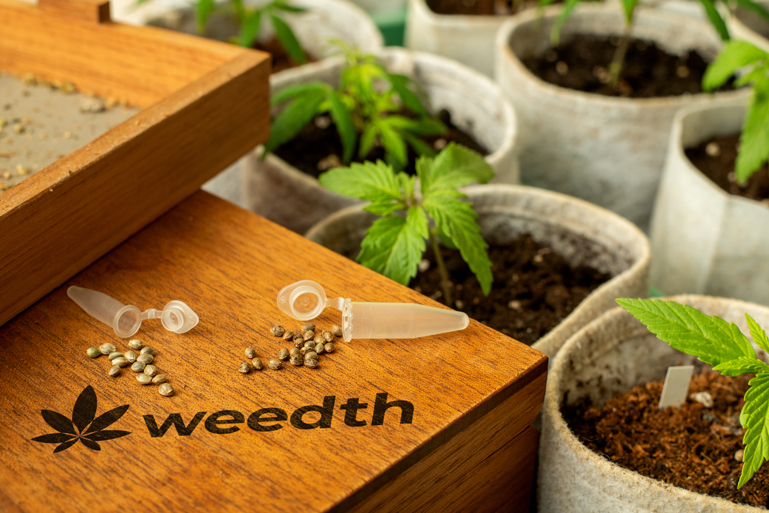
Sativa strains generally grow taller and have longer flowering periods which often makes them better outdoors in warm climates. Although sativas can be difficult to grow indoors in a room or tent but they can be grown in optimal conditions. Their uplifting and energetic effects make them a popular choice despite the long grow times.
Indica strains are shorter and bushier which makes them more naturally suitable for indoor grows. Their size allows them to fit well in smaller spaces and under lower ceilings. Indicas have shorter flowering periods so that you can get your harvest quickly. Their effects are chill and mellow, so they're great for use in the evening or when you need to relax and relieve stress or pain.
There are various types of cannabis seeds; regular seeds, feminized seeds, and auto flowering seeds. Regular seeds can produce both male and female plants but you need to remove males if you want high thc seedless buds(sensimilla). Feminized seeds produce only female plants meaning you don't have to wait for the sexing stage and can focus entirely on bud production.
Auto flowering seeds are great for both indoor and outdoor growers. These strains automatically switch from vegetative to flowering stage based on age, not light cycles. They're ideal for beginners and seeking a quicker harvest. Strains like 'Northern Lights' and 'Lowryder' are popular auto-flowering can grow in various environments.
Selecting the right seeds and strains for your conditions will maximize your yield and then produce high quality buds for a better smoking experience!

